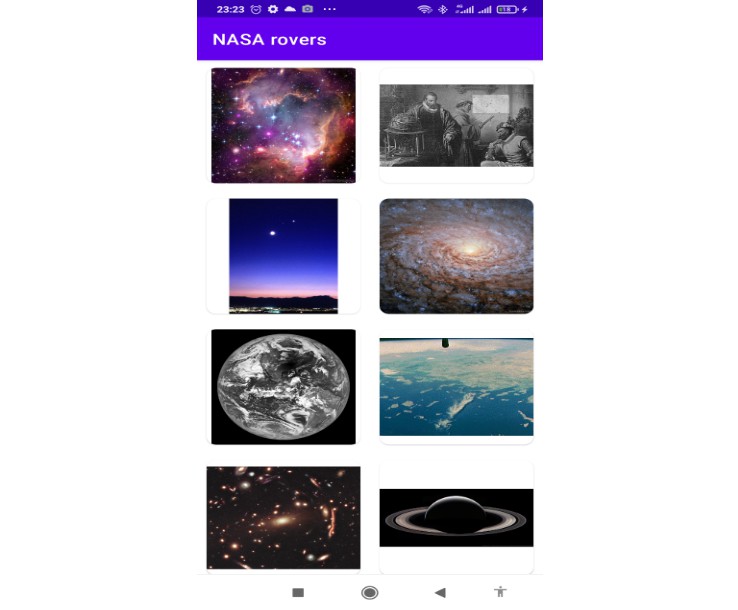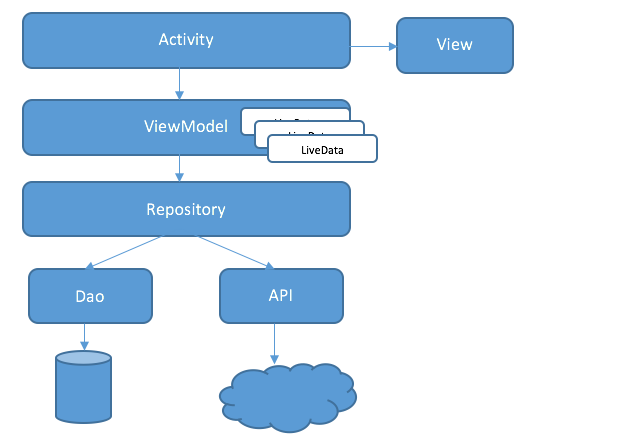Android MVVM Base Architecture for Enterprise Mobile Application using Architectural Components
Highlights
- MVVM Architectural pattern
- Offline Support
The application has been built with offline support. It has been designed using Android Architecture components with Room for offline data caching. The application is built in such a way that whenvever there is a service call, the result will be stored in local database.
The whole application is built based on the MVVM architectural pattern.
Application Architecture
The main advatage of using MVVM, there is no two way dependency between ViewModel and Model unlike MVP. Here the view can observe the datachanges in the viewmodel as we are using LiveData which is lifecycle aware. The viewmodel to view communication is achieved through observer pattern (basically observing the state changes of the data in the viewmodel).
Screenshots
<i
Programming Practices Followed
a) Android Architectural Components
b) Hilt for Dependency Injection
c) MVVM
d) Retrofit with Okhttp
e) Room for data caching
f) Repository pattern





